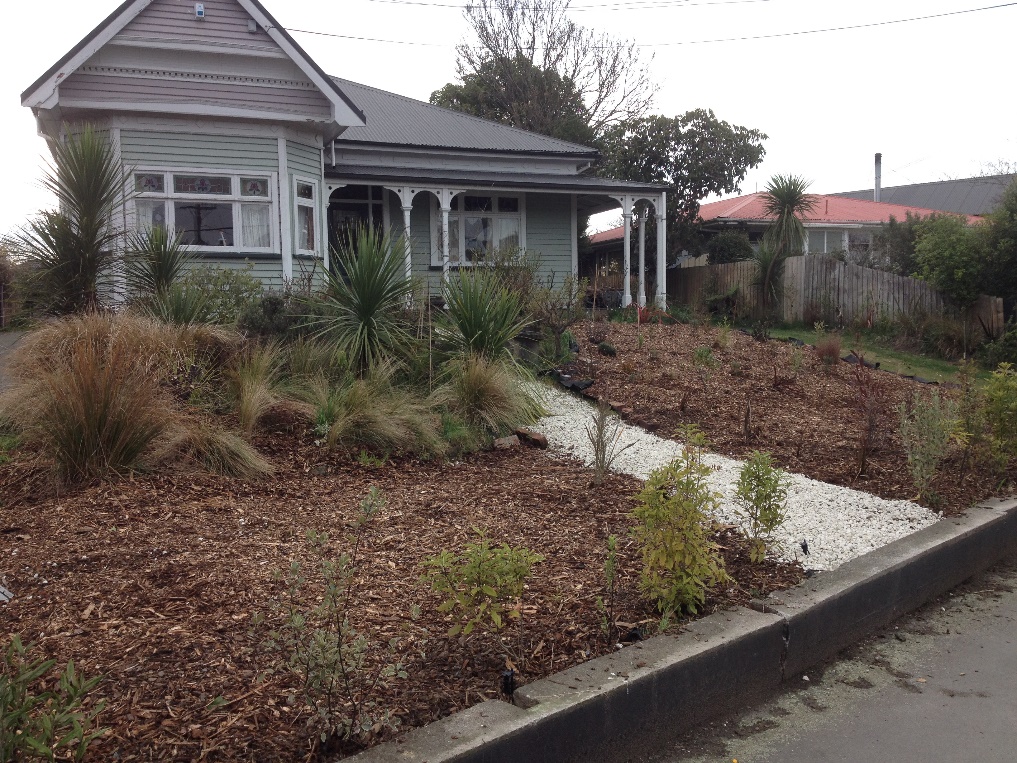Report written by Kate Horrell
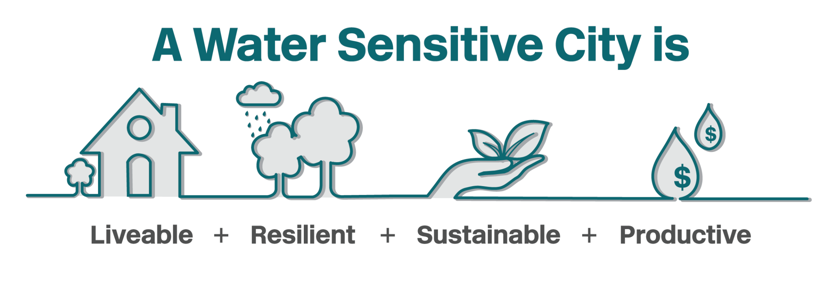
On Friday 20th of November, SŌC and 350 Christchurch hosted Rachel Teen and Vicky Southworth at a public meeting on water sensitive cities, where they shared important information on what a water sensitive city could look like, and how to take the right steps in that direction with our own properties. A water sensitive city is one that is livable, resilient, sustainable and productive. Developing a water sensitive city is also something that residents can actively participate in, without having to rely solely on water management from a higher level.
Christchurch is far from being a water sensitive city, but we have the means to transform our urban areas into places that reduce the stormwater runoff and utilise rainwater in a more functioning and beneficial manner. We face many challenges in designing water sensitive urban areas including waterways, river catchments and coastal environments; this is hindered by the traditional model of “demand management” when it comes to these plans. In order to develop a water sensitive city, we need active participation from residents, diverse water sources, better spaces for water recycling, and ultimately, a better understanding of how decision makers strategise towards water sensitivity.
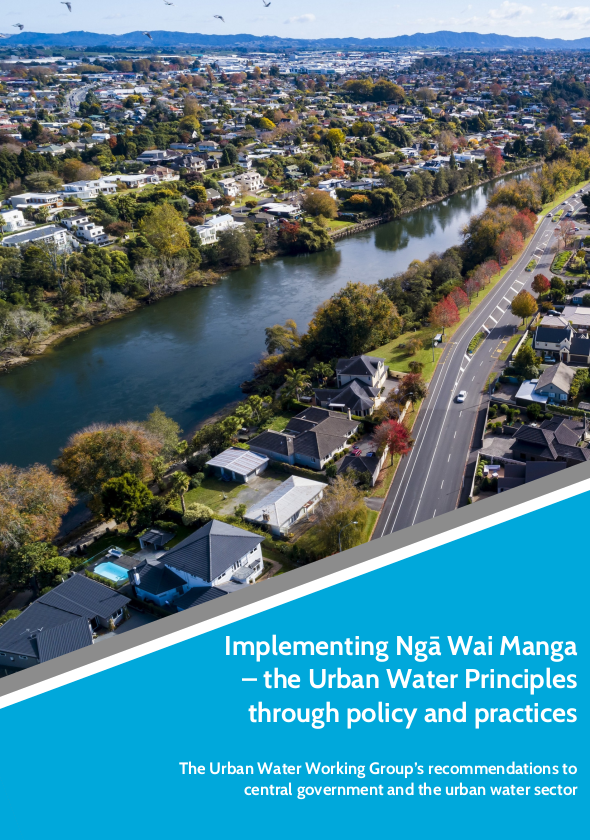
There have been several conventions and new innovations in developing water sensitive cities over the last 50 years and in 2020, the Ministry for the Environment stated in their updated guidelines for urban water that there will be greater recognition of environments occupied by humans, and that it will have a stronger connection to tāngata whenua and papatūānuku. As residents, we need to encourage our district councils to focus on better water management practices that have long term benefits to the population and the environment.
There are some fantastic examples of what water sensitive urban design looks like in countries around the world, with some fantastic initiatives and potential spaces currently being worked on. One example shared was the re-development of Fisherman’s Bend in Melbourne. Seen as an opportunity to re-design the industrial area (where the Yarra river connects into Melbourne), this project attempts to make a large scale area into a water sensitive development that is practical and functional. The idea is to have people living and working within the project, as it slows down the water runoff into the Yarra river and recycles water in the proposed buildings. While water sensitive urban design is still a learning process for many places, it offers the opportunity to think outside the box and try different approaches to city planning that are beneficial in more than one aspect.
With the construction of buildings and developed urban areas, rainwater no longer lands on the natural environment to be evaporated back to the atmosphere or soaked into the ground. Instead, it now hits paved areas and roofs and picks up pollutants, such as zinc and copper, before draining rapidly into the waterways, causing harm to its inhabitants. The majority of the runoff in Christchurch is diverted into the rivers with no treatment. As little as a 5% change to the imperviousness of a water catchment can greatly affect the ecology if those surfaces are directly linked to rivers. However, there are four options available to mitigate some of these problems that aren’t too invasive or costly.
Living roofs are an option for cities that have the right infrastructure to accommodate them. Although they can be large and costly, there are several great examples in Europe and Canada that not only look amazing, but also provide habitat and help reduce the rainwater runoff and wastage. Unfortunately, living roofs are hard to retrofit, especially in Christchurch because the climate means at least 150mm of soil is needed for plants to survive. There is a potential to have these installed in newer builds that can more easily accommodate them, so we shouldn’t just rule them out completely yet.
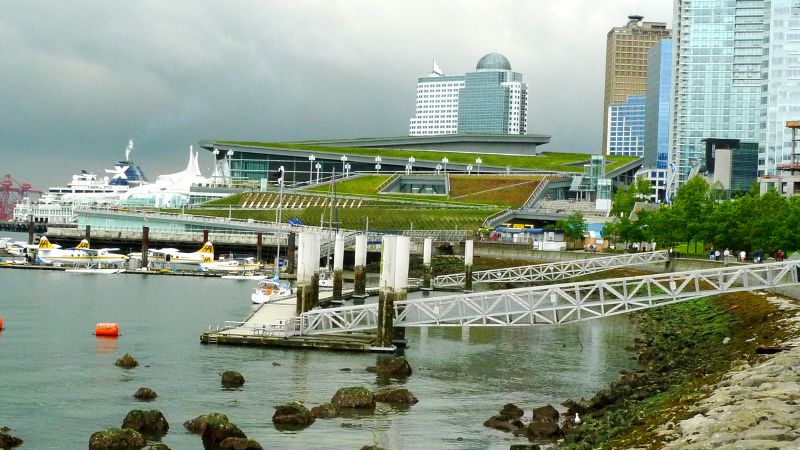
Another option that can successfully be installed in already developed urban areas is permeable paving – a filtration system that is created by paving areas and leaving gaps filled with sand and a layer of gravel underneath the pavers. This filters the water that seeps through the gaps naturally with minimal effort. The plus side of this option is that it doesn’t take up any extra space and can be used in areas that require pavement anyway. Permeable paving can be expensive to install initially, but the maintenance is mostly on the minimal side and if maintained correctly, can last for a long time. Permeable paving can be as simple as a gravel driveway, or having concrete strips with gravel in between.
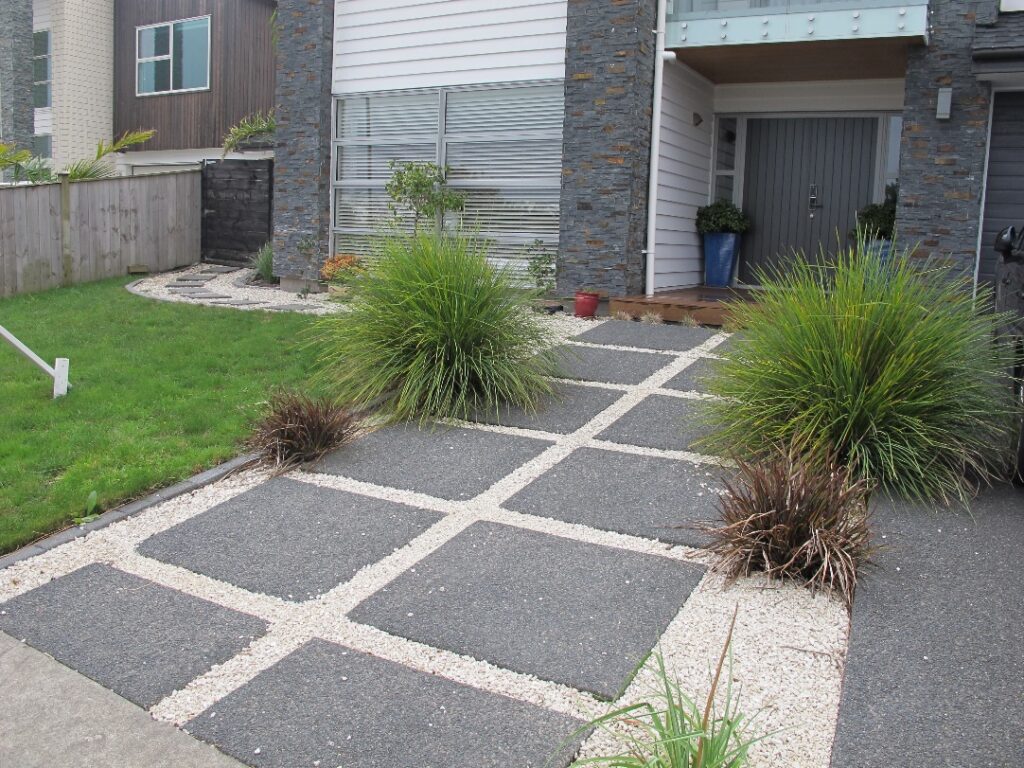
Rain gardens provide an attractive option for runoff reduction in urban areas.. The design for a residential property will direct rainwater into a slight depression in the garden. Pollutants are captured in the soil as the rainwater filters down into the ground or to an underlying stormwater pipe if needed. They are designed to pool the rainwater for no longer than 24 to 48 hours and to not hold the water deeper than about 20cm. The idea of rain gardens is to slow the flow of water and capture any pollutants in rainwater through a natural filtration system in the soil, mimicking what would occur if the buildings were not there. The small upturned dome you can see in the public rain gardens allows the excess water to drain back into the stormwater system and a similar set up can be needed in a residential rain garden.
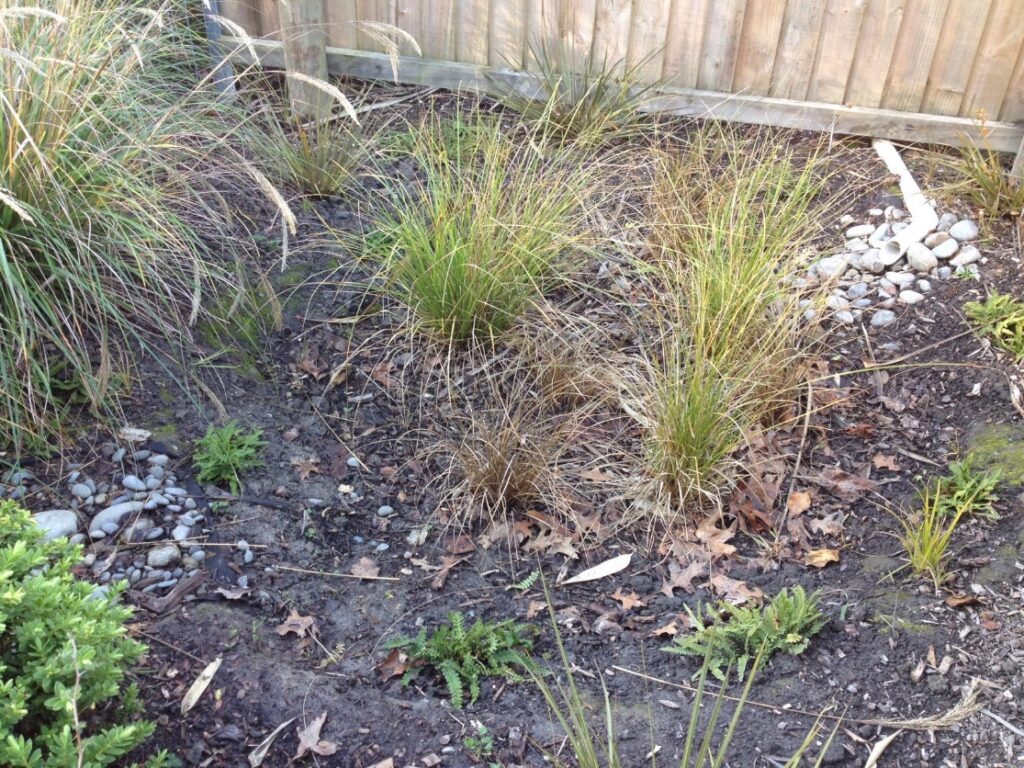
Examples of commercial rain gardens can be seen in public car parks and roads in Christchurch. These rain gardens are developed to specific detailed designs which helps the collection of pollutants which may have become concentrated over large impervious areas with high traffic flows. Residential rain gardens still need to be designed but are much simpler. In the United States, simple guidance is provided to help homeowners install their own rain garden.
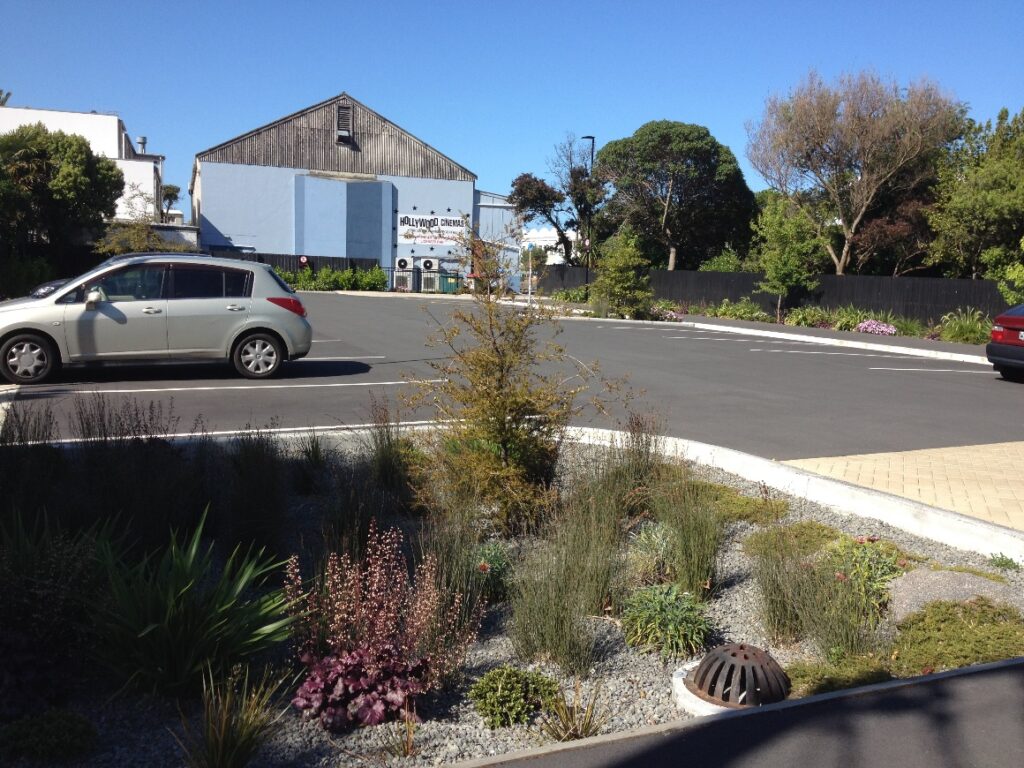
One of the simplest ways to reduce our stormwater runoff is to install a tank to harvest the rainwater that falls onto our roofs and property. Again this option mimics the natural rain balance that would have occurred if designed to filter back down onto a garden or area with soil. Rainwater harvesting tanks can be designed to connect with certain plumbing internally, such as the toilet cistern which refills with each flush. This system reduces untreated runoff as it filters rainwater year round through the household which then passes through the wastewater treatment system. It also reduces the need for imported water. Although a rainwater tank set up for internal non-potable use is easier to install at a new build level, it can be retrofitted if desired.
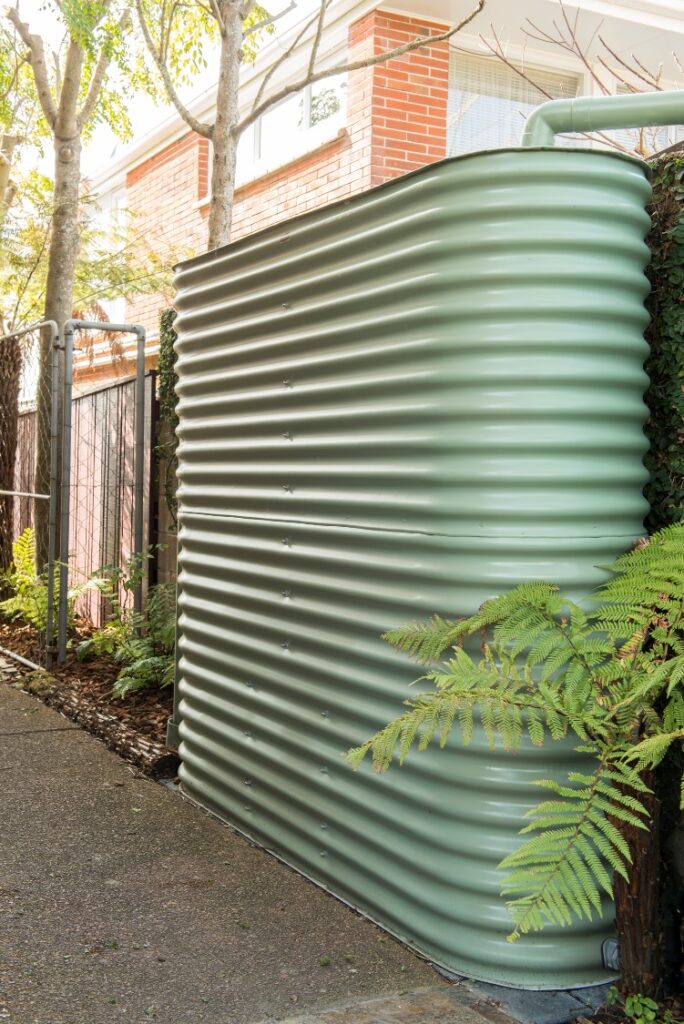
If Christchurch residents and the council were to adopt a few of these rain saving options, then the amount of runoff into the stormwater drains and rivers could be significantly reduced, thus pushing Christchurch towards a more water sensitive status. Even simply planting more natives in areas instead of grass lawns could reduce the amount of rainwater runoff that Christchurch produces. Do it yourself rain gardens can be easily made following simple steps, but it would be even better if the council were to have guidelines or incentives put in place to encourage residents to actively participate in reducing rainwater runoff. With simple steps, more awareness and resilience, creating a water sensitive city isn’t out of the realm of possibility for Christchurch.
